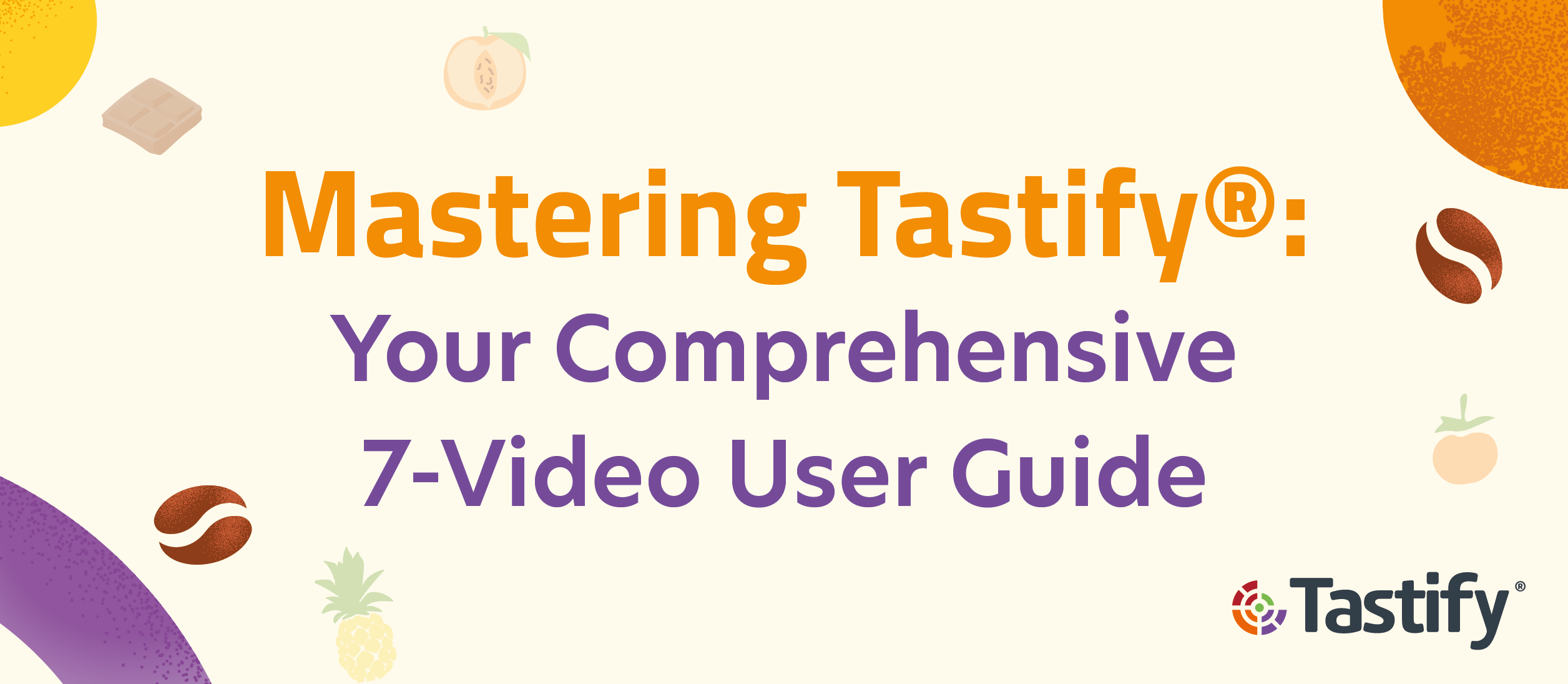
We know that many people stand behind the deliciously presented coffee that we drink today. Producers passed several test processes to serve the delicious coffee that meets the demands of coffee connoisseurs in the third-wave era. Coffee production usually includes coffee farmers who take care of their coffee plants and roasters who turn green beans into coffee beans. Baristas then serve the magical drink to coffee drinkers.
Coffee production poses as a challenge when there is no particular qualification or skillset in understanding the coffee profile(s) that will bring the best coffee to consumers' cups. Therefore, it's extremely important for those involved to possess cupping skills, especially those hunting for coffee abroad, such as exporters and importers. With cupping, it is easy to understand the coffee's quality, but practicing cupping skills is arguably not very accessible; it takes practice and more practice. Using a cupping scoresheet is crucial to facilitating a cupping, so that qualifying coffee beans' quality will be more effortless.
Cupping Scoresheet
Cupping is not only judging the coffee to determine if the quality is good or bad; it is also conducted to find out how consistent the character of the taste is in an already good quality coffee. One of the most well-known cupping scoresheets is the one from SCA. They offer a rating scale of 100 points with an "off-grade" label for poor coffee quality and a "super-premium specialty" label for the best coffee quality – so it makes things more transparent with the use of scores rather than with words.
Coffee can be labeled as specialty with a consistent taste and a score above 80 points. This value is the cumulative score of the assessment items listed on the scoresheet:
Roast Color
This refers to the coffee bean roasting levels, from light to dark roast.
Fragrance/Scent
The fragrance is the aromatic side of ground coffee beans, while the aroma is the aromatic side of ground coffee beans when moistened with hot water.
Acidity
It's the acidity that exists in coffee, whether it is a pleasant or unbearable acidity. A nice acidity is when you can still taste the sweetness, which matches the acid – usually considered bright. It's when you can taste the 'fruity' flavors. Meanwhile, a pure, intense acid would be regarded as unpleasant. You score acidity by its high, medium, or low acidity level.
Body
Body refers to the texture of the coffee: how thick the character is when the coffee is in your mouth. Is it comfortable in the mouth, or not comfortable at all? You can distinguish the body between high, medium, or low body. However, you should also note the origin and processing method. For example, you'd score a thin natural processed coffee lower than a thin washed processed coffee because natural processed coffee should have a heavier body.

Flavor
The flavor is your whole tasting experience from start to end. It combines flavor characters such as sweet, sour, bitter, salty, and pungent flavors with the existing aroma. The more tasting notes you can taste, the higher the score is. Flavor can also determine the fermentation process, so cuppers can usually tell the beans' drying process.
Sweetness
The sweet sensation in coffee is not like the sweet sensation of sugar -- which usually is very obvious. The sweetness sensation in coffee is faint.
Clean Cup
How clean is the taste's character level, from starting to sip to the aftertaste? Is there any other disturbing taste such as Phenol, Ferment, Mold, Potato, or Sour?
Balance
How harmonious is the taste of the coffee? Is there an excess of the taste character? Or is there something missing from the balance of the coffee taste? Specific coffees will score higher if they have richer notes yet are still harmonious.
Uniformity
It's the consistency of taste when cupping using several different cups - to determine whether the taste character between the cups has a different flavor or not.
Aftertaste
How long does the taste stay in your mouth? What is the consistency of the taste left in the mouth? Is it clear, or has it gone too fast after the coffee's swallowed? According to Royal News York, the most pleasant taste that lingers would score the best.

Overall
What is the overall taste of the coffee? Is it super complex but still interesting, or is it too simple and unimpressive? It's the cupper's assessment of the whole coffee. It's where you can give an opinion about the goodness (or badness) of the coffee where you cannot define it in other categories listed.
Defect
Scoring in the defect column will affect the final score. You can score here if the taste characteristics are too different between cups during the cupping process or if there are any other defects.
Taint
It’s a slight off-flavor or defects that don’t affect the flavor of the coffee and is still flavorful.
Fault
It’s an immense off-flavor or defects that make the coffee unpalatable.
Ultimately, you will accumulate these assessments in the final score, which will later become a reference for whether the coffee beans can be called specialty.





.png)





Comments